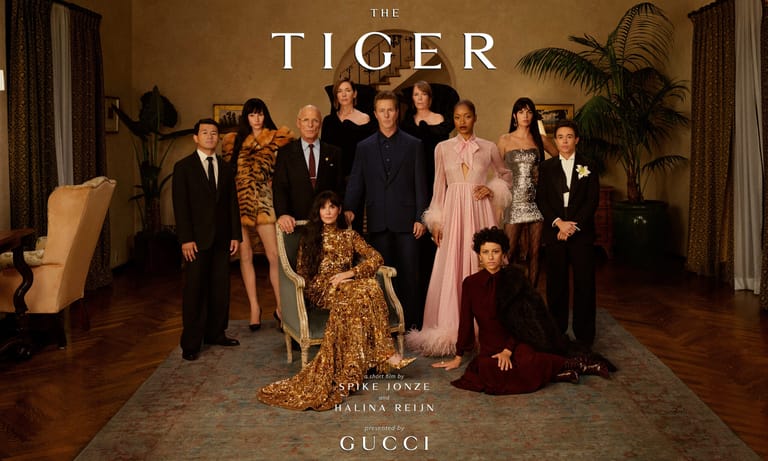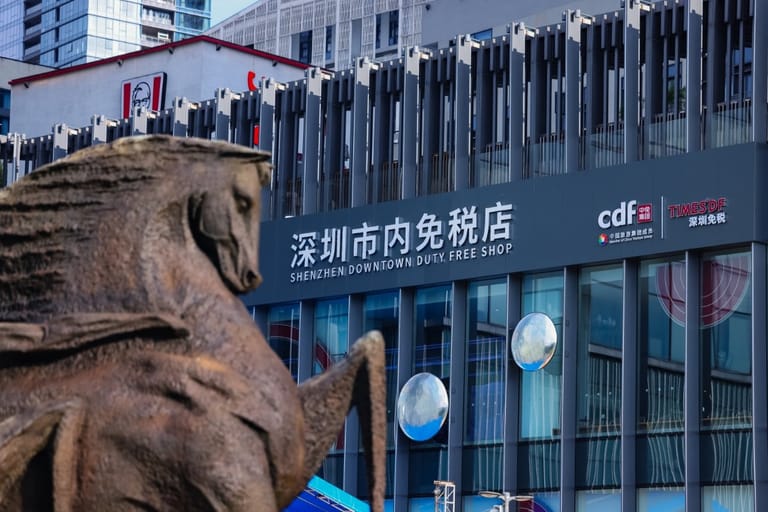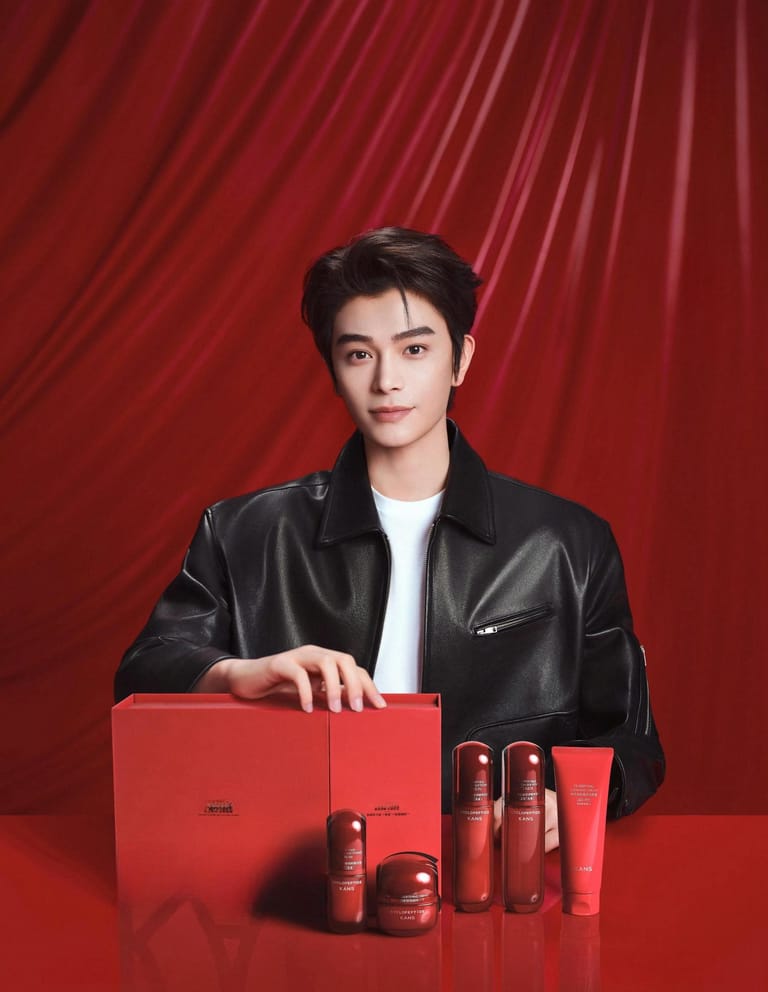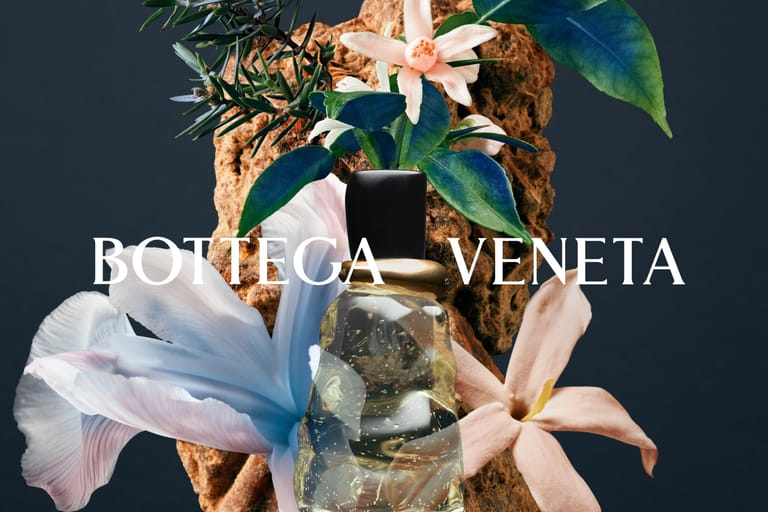Monday Briefing: China’s Retail Reality Check—Winners, Strugglers, and Strategic Pivots
By
Wenzhuo Wu

Published on
February 10, 2025

Start your week with sharp analysis and fresh insights into China’s latest cultural, economic, and geopolitical developments. Monday Briefing connects the dots between local shifts and their global repercussions, highlighting their relevance to the luxury market, business strategies, and modern lifestyle trends shaping our world today.
As the global luxury and consumer sectors navigate a turbulent start to 2025, recent developments underscore a stark reality: China is no longer the guaranteed growth engine that brands once relied upon. The past week has laid bare the winners and losers in an increasingly polarized retail landscape, with brands grappling with shifting consumer sentiment, regulatory headwinds, and evolving market dynamics.
Luxury’s Growing Divide: Winners, Strugglers, and a Gucci Reset
Gucci’s decision to part ways with creative director Sabato De Sarno after less than two years signals a strategic pivot within the broader context for the luxury market’s challenges for the Kering-owned house. The move suggests Gucci’s recent aesthetic shift failed to ignite the kind of brand heat needed to sustain growth in key markets, including China. While creative transitions are nothing new in fashion, the timing of this split raises questions about Kering’s long-term vision, especially given the brand’s struggles in a cooling luxury market.
Elsewhere in the sector, earnings reports highlight a widening gap between brands that can still capture consumer enthusiasm and those facing an uphill battle. Ralph Lauren bucked the downward trend, raising its annual revenue forecast as its reinvention strategy—leaning into aspirational, modern prep—resonates with younger shoppers. Its share price surge reflects investor confidence in a clearly articulated brand vision.
Conversely, L’Oréal, Estée Lauder, and Capri Holdings all reported underwhelming results, reinforcing a hard truth: luxury beauty and fashion are no longer bulletproof in China. L’Oréal’s 2.5 percent sales growth fell short of expectations, dragged down by sluggish demand in both the U.S. and China. Estée Lauder’s Q2 performance showed pockets of strength—Makeup performed well in China, with La Mer and Le Labo leading their respective categories—but overall net sales still declined. Capri Holdings, parent to Michael Kors, Versace, and Jimmy Choo, fared even worse, with an 11.6 percent revenue drop, underscoring the struggle for mid-tier luxury brands to maintain relevance.
Meanwhile, Canada Goose’s profit warning adds another layer to the evolving China narrative. Once a status symbol among affluent Chinese consumers, the brand’s decreased sales in the region points to shifting luxury preferences and the rising competition from both luxury and sportswear players.
De Minimis, Maximum Impact: The U.S. Targets China’s E-Commerce Giants
Beyond earnings, the most significant policy move of the past week came from Washington, where President Trump temporarily paused his crackdown on the de minimis trade exemption, which has fueled the meteoric rise of Temu and Shein in the U.S. While the delay buys time for these Chinese e-commerce giants, their long-term trajectory remains in flux. If the exemption is eventually revoked or tightened, both companies could face significant cost increases, forcing them to rethink their aggressive pricing strategies and U.S. market positioning.
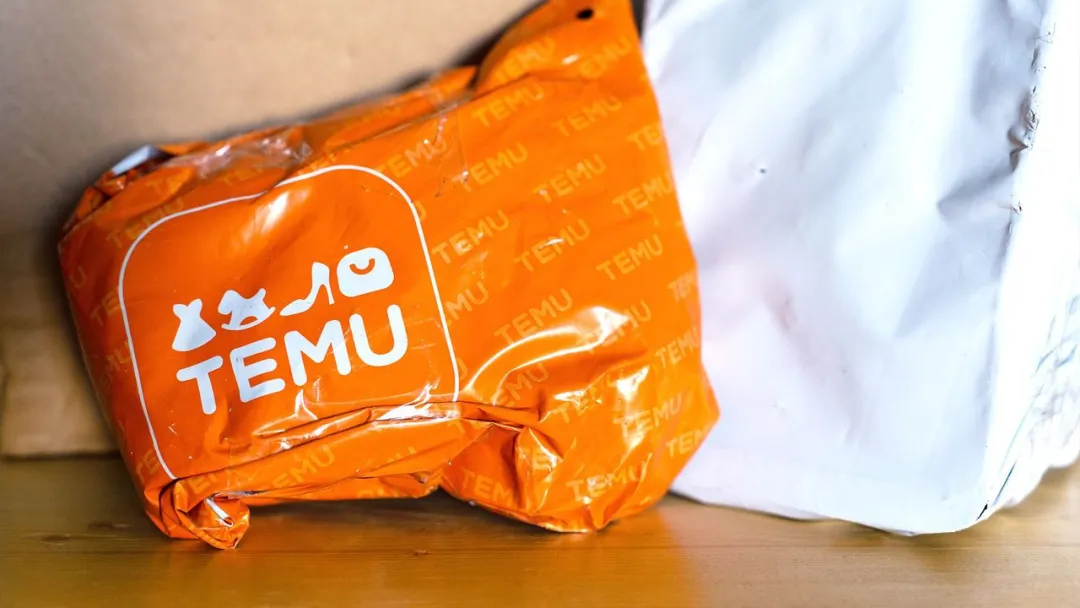
A Strong Consumer Base—But Selective Spending
Despite the headwinds facing some international brands, domestic consumption in China remains robust, as evidenced by the latest tourism and box office figures. The eight-day Spring Festival travel season saw a 5.9 percent increase in trips, with spending climbing 7 percent to 677 billion yuan ($93 billion). Meanwhile, China’s box office hit a remarkable $1.3 billion, propelled by popular releases like Ne Zha 2, showcasing resilience in consumer spending despite economic pressures.. These numbers reinforce a crucial distinction: Chinese consumers are still spending, but they are increasingly prioritizing experiences, brands, and categories that align with their evolving tastes and lifestyles.
The Road Ahead: A Market That No Longer Forgives Mediocrity
The latest developments offer a clear takeaway: China remains a critical battleground, but it is no longer a market where brands can simply show up and expect success. The thriving companies have adapted—whether by refining their brand narratives, doubling down on localized strategies, or offering strong experiential engagement.
Brands facing struggles must be acutely aware that missteps in creative direction, localization, or value proposition could yield swift and unforgiving consequences in this complex market. The landscape for growth in China has shifted; only the most agile, strategic, and culturally attuned brands that understand local consumer dynamics will succeed.




